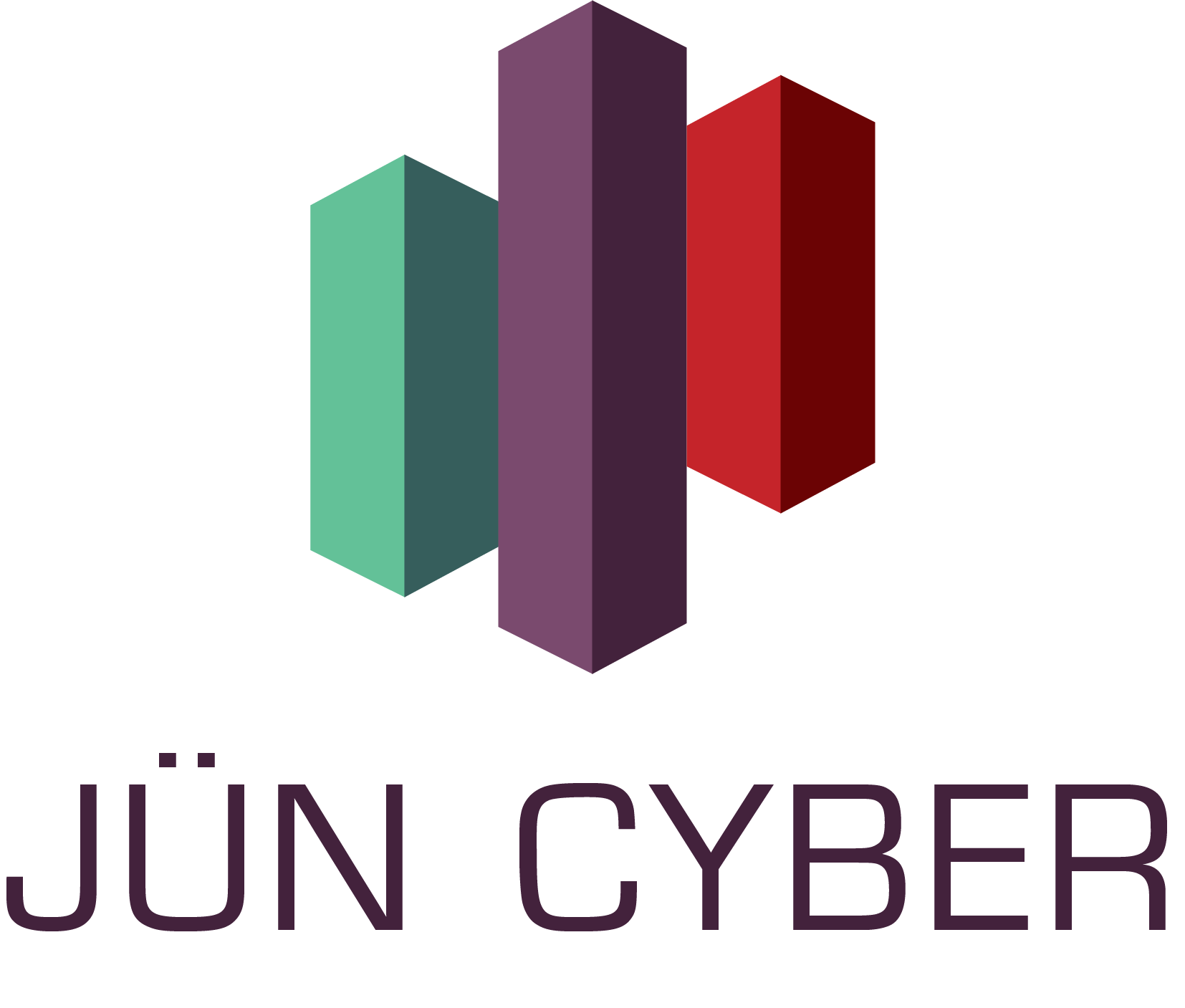New 2FA Bypass Targets Microsoft Users: The Implications for Cybersecurity
Introduction to the 2FA Bypass Threat
As cybersecurity threats evolve, so do the strategies attackers use to exploit vulnerabilities. A recent surge in cyberattacks has shown that hackers are deploying advanced tactics to bypass two-factor authentication (2FA) systems, with Microsoft users being a primary target. This new 2FA bypass attack highlights the growing sophistication of cybercriminals and the critical need to adapt our defenses. Two-factor authentication has long been considered a robust safeguard against unauthorized access, combining something you know (a password) with something you have (a code sent to a device). Yet, the emergence of new 2FA bypass techniques is a stark reminder of the relentless innovation in cybercrime.
The latest scheme involves a rather sneaky methodology designed to intercept 2FA codes, exploiting the trust placed in seemingly secure authentication processes. This innovative attack relies on deceiving users into unknowingly handing over their 2FA credentials, enabling unauthorized access to their accounts. Understanding the mechanics of this threat is crucial for cybersecurity professionals, businesses, and individuals alike. By staying informed, we can better position ourselves to implement effective countermeasures and safeguard our digital environments from breaches.
Understanding How the Attack Works
The new 2FA bypass technique is as cunning as it is concerning. Essentially, attackers leverage phishing tactics to lure users into sharing their authentication codes. This attack begins with a carefully crafted phishing email that imitates legitimate communication from Microsoft or other trusted entities. These emails often include links to counterfeit websites that mimic the genuine login pages used by the targeted users.
After users enter their credentials on these malicious sites, attackers can capture both the password and the 2FA token. This grants them unauthorized access without having to physically intercept the 2FA code. What makes this attack particularly insidious is its ability to convince users that the process is entirely legitimate, bypassing their usual security awareness. Indeed, the sophistication of this stratagem highlights the critical need for continuous education on recognizing and responding to phishing threats.
Consequences for Microsoft Users
The focus on Microsoft users is not coincidental, given the widespread use of Microsoft’s suite of products in enterprise environments. As businesses increasingly rely on cloud services for operations, the potential for compromise grows exponentially. Unauthorized access could lead to sensitive information being stolen, data integrity being compromised, or entire systems being brought to a halt.
For individual users, the implications are equally troubling. Personal data, financial information, and even identity theft are all possibilities when an attack is successful. The implications extend beyond the immediate impact; recovery from such breaches often demands substantial time and resources. Recognizing these risks emphasizes the importance of enhancing our individual and collective cybersecurity postures.
Mitigating the Threat: Best Practices
Protecting against the latest 2FA bypass threats requires a multi-faceted approach. Organizations and individuals can take several proactive steps to enhance their defenses:
- Education and Awareness: Continuously educate employees and users on the signs of phishing attacks and the importance of scrutinizing communications that request sensitive information.
- Advanced Security Solutions: Implement security solutions that offer advanced threat detection features, including behavioral analysis and anomaly detection.
- Multi-layered Authentication: While 2FA is crucial, consider additional layers of security, such as adaptive authentication, which assesses risk factors before granting access.
- Regular Software Updates: Ensure all software and systems are up to date with the latest security patches to mitigate vulnerabilities that attackers may exploit.
- Incident Response Plan: Develop and regularly update an incident response plan to quickly counteract any breaches that do occur.
Future Trends in Cybersecurity
The evolution of 2FA bypass techniques is indicative of broader trends within cybersecurity. As we look towards the future, collaboration across industries and regions will be essential for tackling these sophisticated threats. Viewing cybersecurity as a collaborative effort can enhance threat intelligence and improve responsiveness, limiting the window of opportunity for cybercriminals.
We must also turn our attention to emerging technologies that could bolster our defenses. Artificial intelligence and machine learning offer promising avenues for threat detection, providing real-time analysis of network activity and flagging anomalies that may indicate an attack. Likewise, advances in biometrics and secure cryptographic protocols may offer more secure alternatives to traditional 2FA systems, minimizing the risk of compromises.
Moreover, normative developments such as evolving cybersecurity regulations highlight the importance of compliance to enhance security standards across the board. Initiatives similar to GDPR and comprehensive data protection regulations enforce stringent requirements on organizations, pressuring them to prioritize security and deepen their understanding of potential threats.
As technological landscapes continue to evolve, staying ahead of the curve will require vigilance, innovation, and a commitment to strengthening our cyber defenses systematically.
For deeper insights into best practices and contemporary trends in cybersecurity, here are some valuable resources:
- Center for Internet Security (CIS): Offers guidelines and best practices for securing systems and information.
- National Institute of Standards and Technology (NIST): Provides a comprehensive framework for improving critical infrastructure security.
- European Union Agency for Cybersecurity (ENISA): Offers an overview of EU-wide cybersecurity regulations and initiatives.
In conclusion, the emergence of new 2FA bypass attacks underscores the need for ongoing vigilance and adaptation in our cybersecurity strategies. By staying informed and proactive, we can mitigate risks and ensure our digital assets remain secure.
Protecting your organization’s data and integrity is our paramount concern at Jun Cyber. Our tailored solutions are designed to fortify your defenses against ever-evolving cyber threats. Ready to enhance your cybersecurity posture? Schedule a free consultation with our experts and safeguard your operations today.
Read the full article here.
Visit our website | Schedule a call with us
